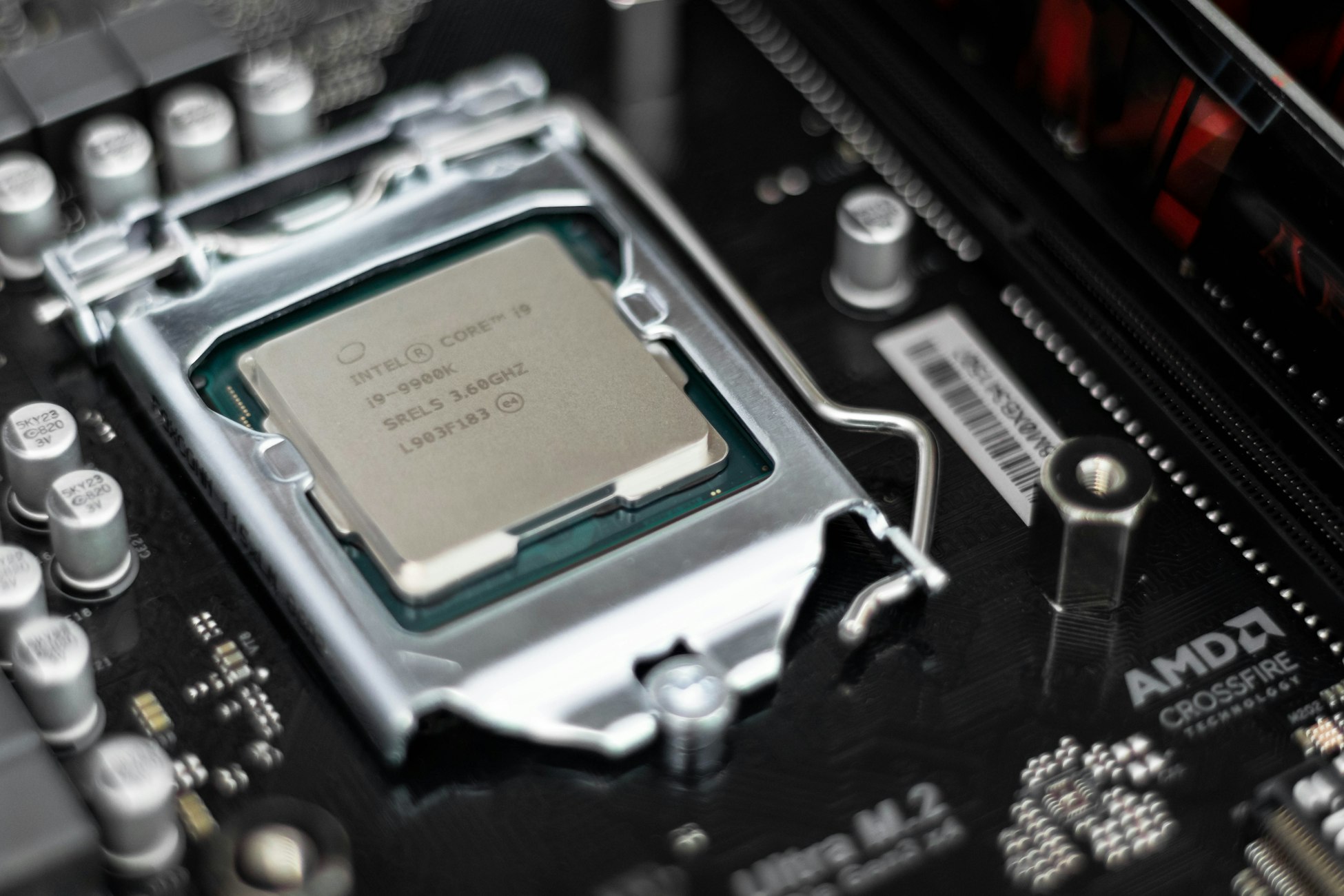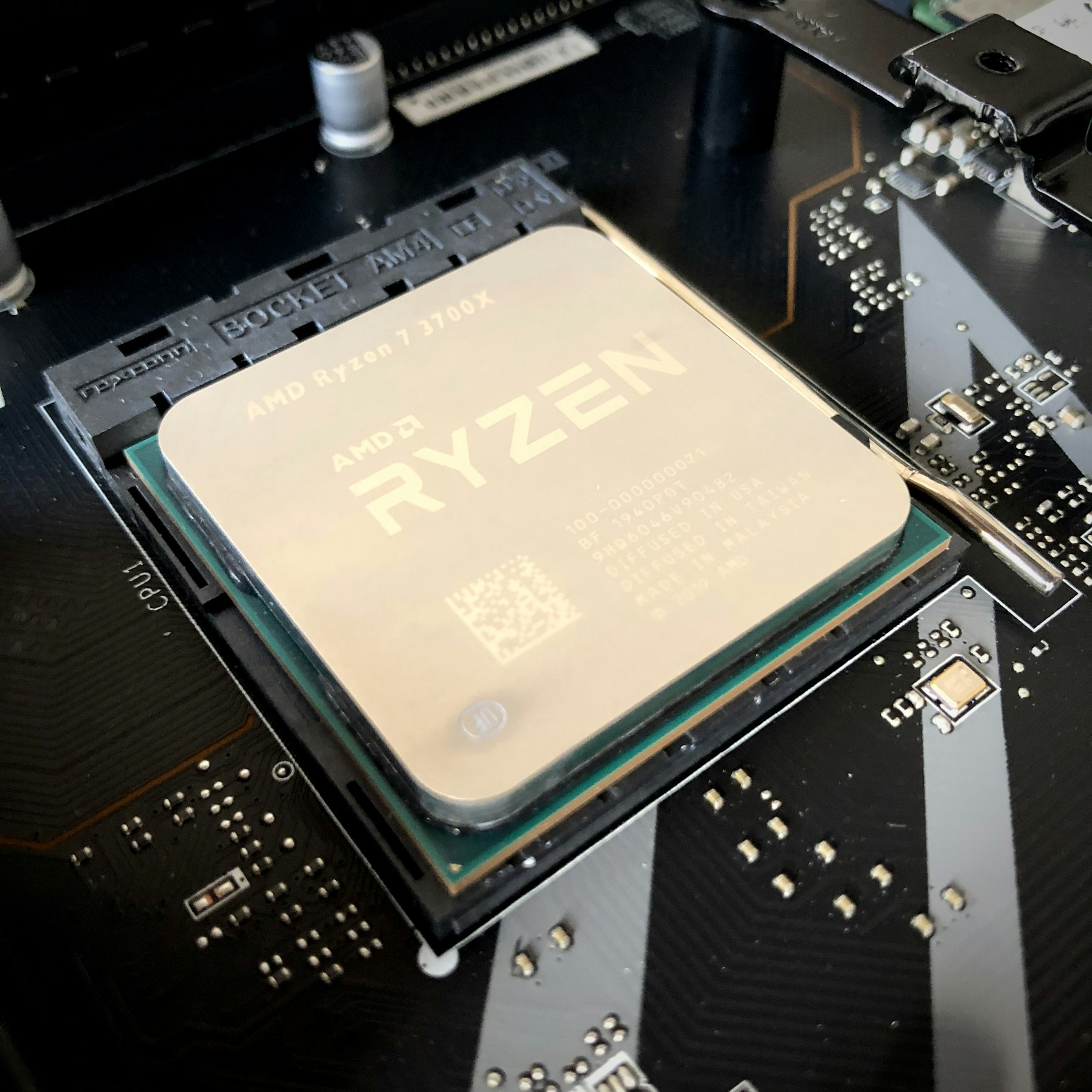Abstract¶
By the end of this material, readers will understand the intimate relationship between computers and programming, and appreciate the evolutions and motivations of programming languages. They will learn about basic computer architecture, binary data representation, and the structure of a Python program.
from __init__ import install_dependencies
await install_dependencies()# Set LLM alias
%load_ext jupyter_ai
%ai update chatgpt dive:chatComputer¶
What is a computer?¶
A calculator that is bigger and more advanced?
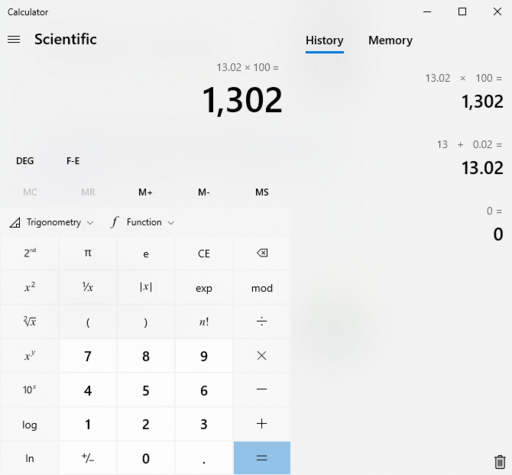
Figure 1:A calculator on a computer.
If so, is abacus the first computer ever invented?
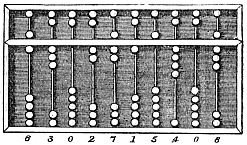
Figure 2:Abacus - an ancient mechanical computing device.
Is your smartphone a computer?
What defines a computer?[1]
In addition to performing arithmetic calculations,
- a computer can be programmed
- to perform different tasks.
Who invented the first computer?
Run the following cell to ask AI how to defines a computer:[2]
%%ai chatgpt -f text
What defines a computer? Explain in one line.What is the architecture of a computer?¶
A computer contains three main hardware components:
- Input device
- Processing unit
- Output device
Peripherals¶

Figure 3:Computer peripherals.
Input and output devices connected to a computer are called peripherals.
They allow users to interact with the computer in different ways.
Solution to Exercise 1 #
- 3D printer available at CityU
%%ai chatgpt -f text
Summarize what an output device of a computer is and explain briefly why
a monitor and a speaker are examples?Solution to Exercise 2 #
- 3D scanner available at CityU
%%ai chatgpt -f text
Summarize what an input device of a computer is and explain briefly why
a keyboard and a mouse are examples?Solution to Exercise 3 #
- Hard disk
- CD/DVD Rom (writable)
- Touch screen
%%ai chatgpt -f text
Explain in one line why a headset is both an input device and an output device at the same time.Central Processing Unit¶
The brain of a computer is its processor or the Central Procesisng Unit (CPU). As shown in Figure 4, it is located on the motherboard and connected to different peripherals using different connectors.
Two important components in the CPU are:
- Arithmetic and Logic Unit (ALU): Performs arithmetics like a calculator (but for binary numbers)
- Control Unit (CU): Directs the operations of the processor in executing a program.
To visualize how CPU works, run the CPU Simulator below.
- Note that all values are zeros in the RAM (Random Acess Memory) initially.
- Under Settings, click
ExamplesAdd two numbers. Observe that the values in the RAM have changed. - Click
Runat the bottom right-hand corner.
Is there a rigorous definition of a computer?
Computer architecture may evolve over time, with new technologies and innovations emerging. However, modern computers follow the same mathematical principles of the universal machine defined by Alan Turing, Father of Modern Computing. The definition is made to address the problem of computing, i.e., what numbers are computable by programming a machine. Do you have an easy way to understand Turing’s proof?
Programming¶
What is programming?¶
What defines programming?
Programming, also called software development, is the process of writing programs for the computer to execute different tasks. But what is a program?
Solution to Exercise 4 #
The first six lines of binary sequences in the RAM. The last line Ends the program.
%%ai chatgpt
Summarize what a machine language is and give an example of a program in machine language.The CPU is capable of carrying out
- a set of instructions such as
Add,Subtract,Store, etc., - for some numbers stored in the RAM.
Both the instructions and the numbers are represented as binary sequences.
Why computer uses binary representation?¶
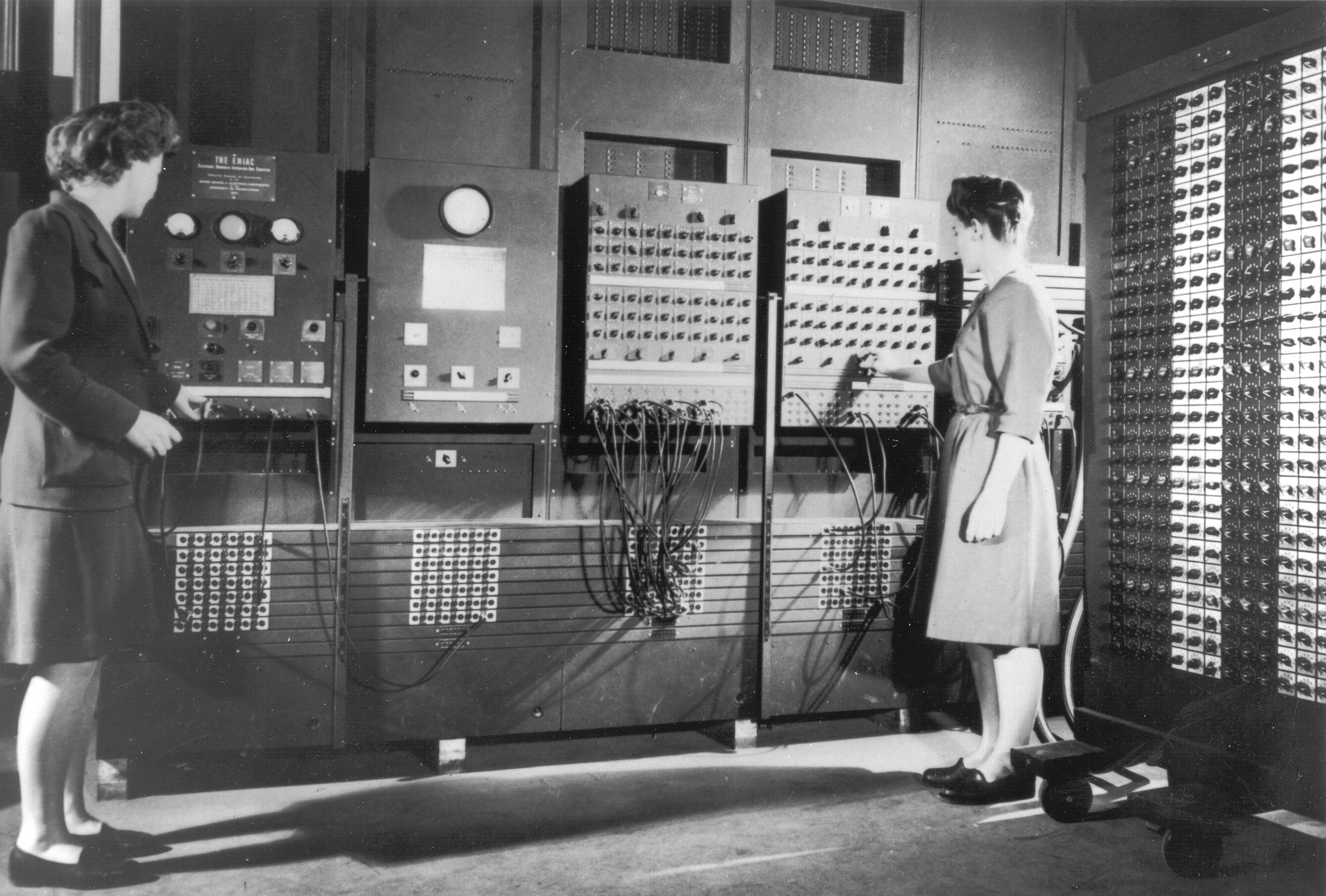
Figure 5:Programmers controlling the switches of ENIAC.
Notebook Cell
### BEGIN SOLUTION
2 ** 10 # because there are that many binary sequences of length 10.
### END SOLUTION%%ai chatgpt -f text
Explain the multiplication rule in combinatorics.Why use binary numbers?
Unlike ENIAC, the subsequent design of the Electronic Discrete Variable Computer (EDVAC) utilized the binary number system. The decision was explained in Section 5.1 of the design report authored by John von Neumann in 1945. While humans are accustomed to using the decimal number system, von Neumann justified the use of binary by noting that human neurons operate in a binary manner:
The analogs of human neurons ... are equally all-or-none elements. It will appear that they are quite useful for all preliminary, orienting, considerations of vacuum tube systems ... It is therefore satisfactory that here too the natural arithmetical system to handle is the binary one.
There are International Standards for representing characters:
There are also additional standards to represent numbers other than non-negative integers:
- 2’s complement format for negative integers (e.g. -123)
- IEEE floating point format for floating point numbers such as .
Why define different standards?
Different standards have different benefits.
- ASCII requires less storage for a character, but it represents less characters.
- Although digits are also represented in ASCII, the 2’s complement format is designed for more efficient arithmetic operations.
Generations of programming languages¶
Are we going to start with machine language? Start with learning 2’s complement and the binary codes for different instructions?
No. Programmers do not write machine codes directly because it is too hard to think in binary representations.
Instead, programmers write human-readable mnemonics such as ADD, SUB, ...
This is called the assembly language. An example is shown in Figure 6.
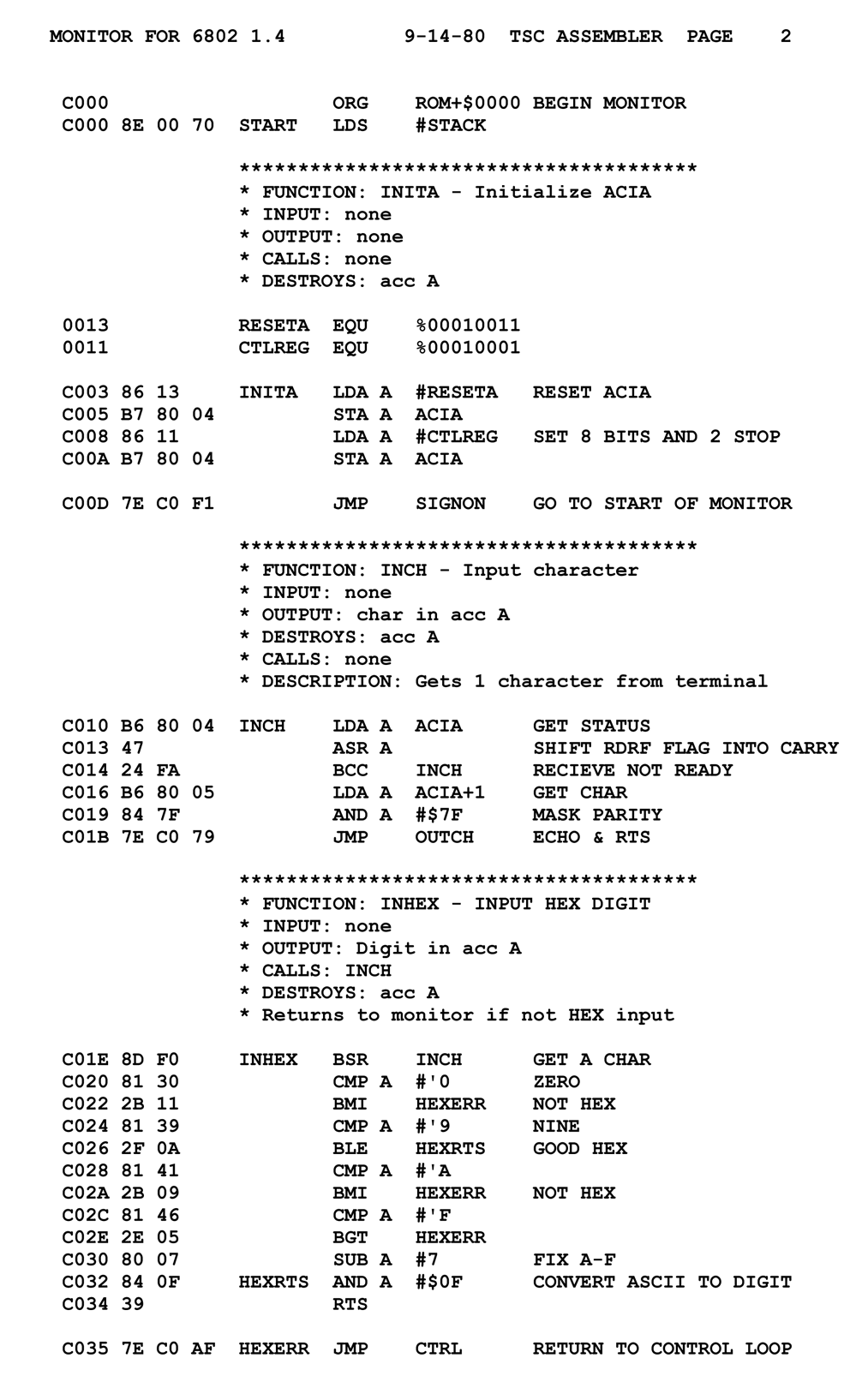
Figure 6:A Code written in an assembly language.
%%ai chatgpt -f text
What is the assembly language most commonly used by programmers and what is its
main application?Are you going to learn an assembly language?
Both machine language and assembly language are low-level languages which are
- difficult to write for complicated tasks (requiring many lines of code), and
- platform-specific, i.e.,
- the sets of instructions and their binary codes can be different for different types of CPUs, and
- different operating systems use different assembly languages/styles.
Should we learn assembly languages?
Probably for programmers who need to write fast or energy-efficient code such as
- a driver that controls a 3D graphics card, or
- a program that control a microprocessor with limited power supply.
But even in the above cases, there are often better alternatives. Play with the following microprocessor simulator:
- Open https://
micropython .org /unicorn/ in a browser. - Click
CHOOSE A DEMOLED. - Click
RUN SCRIPTand observes the LED of the board. - Run the demos
ASSEMBLYandMATHrespectively and compare their capabilities.
High-level Language¶
What is a high-level language?
The art of programming
Programmer nowadays write in human-readable languages such as
- C/C++
- Java
- JavaScript/Typescript
- Pascal
- Basic
- HTML
- PHP
- Python
- ...
called high-level languages.
- A program written in a high-level language gets converted automatically to a low-level machine code for the desired platform.
- This abstracts away low-level details that can be handled by the computer automatically.
For instance, a programmer needs not care about where a value should be physically stored if the computer can find a free location automatically to store the value.
Different high-level languages can have different implementations of the conversion processes:
- Compilation means converting a program well before executing the program.
E.g., C++ and Java programs are compiled. - Interpretation means converting a program on-the-fly during the execution of a program.
E.g., JavaScript and Python programs are often interpreted.
Compiled vs interpreted languages
Roughly speaking, compiled programs run faster but interpreted programs are more flexible and can be modified at run time. The truth is indeed more complicated. Python also has a compiler, and recently, a JIT compiler. Is Python really an interpreted language?
%%ai chatgpt -f text
Explain in one or two paragraphs whether Python is really an interpreted language, given that it also has a compiler and, recently, a JIT compiler, and it can be run as a script like a scripting language.What programming language will you learn?
You will learn to program in Python, which is currently the most popular language according to the TIOBE (The Importance of Being Efficient) Programming Community Index.
We will cover
- basic topics including values, variables, conditional, iterations, functions, composite data types,
- advanced topics that touch on functional and object-oriented programming, and
- engineering topics such as numerical methods, optimizations, and machine learning.
Why Python?
Python is:
- expressive and can get things done with fewer lines of code as compared to other languages.
- popular. It has an extensive set of libraries for Mathematics, graphics, AI, Machine Learning, etc.
- free and open-source, so you get to see everything and use it without restrictions.
- portable, i.e., the same code runs in different platforms without modifications.
How does a Python program look like?
import datetime # library to obtain current year
cohort = input("In which year did you join CityU? [e.g., 2020]")
year = datetime.datetime.now().year - int(cohort) + 1
print("So you are a year", year, "student.")A Python program contains statements just like sentences in natural languages. E.g.,
cohort = input("In which year did you join CityU? ")which obtains some information from user input.
For the purpose of computations, a statement often contains expressions that evaluate to certain values. E.g.,
input("In which year did you join CityU? ")is an expression with the value equal to what you input to the prompt.
That value is then given the name cohort.
Expressions can be composed of the following objects:
- Functions such as
input,now, andint, etc., which are like math functions the return some values based on its arguments, if any. - Literals such as the string
"In which year did you join CityU? "and the integer1. They are values you type out literally. - Variables such as
cohortandyear, which are meaningful names to values.
To help others understand the code, there are also comments that start with #.
These are meant to explain the code to human but not to be executed by the computer.
Solution to Exercise 6
Programming using natural languages. A step towards this direction: ChatGPT for coding.
Write programs that people enjoy reading, like literate programming. A step towards this direction: nbdev.
Literate programming
%%ai chatgpt
What do you think the next generation programming should be?Click me to see an answer.
You can run a cell by selecting the cell and press Shift + Enter.
To edit a markdown cell, double click the cell until you see a cursor. Run the cell to render the markdown code.
The CPU simulator follows the von Neumann architecture, which realizes Turing’s conception of the stored-program computer, where program and data are stored in the same memory. This is in contrast to the Harvard architecture, which uses separate memories for program and data.
- Turing, A. M. (1937). On Computable Numbers, with an Application to the Entscheidungsproblem. Proceedings of the London Mathematical Society, s2-42(1), 230–265. 10.1112/plms/s2-42.1.230
- von Neumann, J. (1993). First draft of a report on the EDVAC. IEEE Annals of the History of Computing, 15(4), 27–75. 10.1109/85.238389
